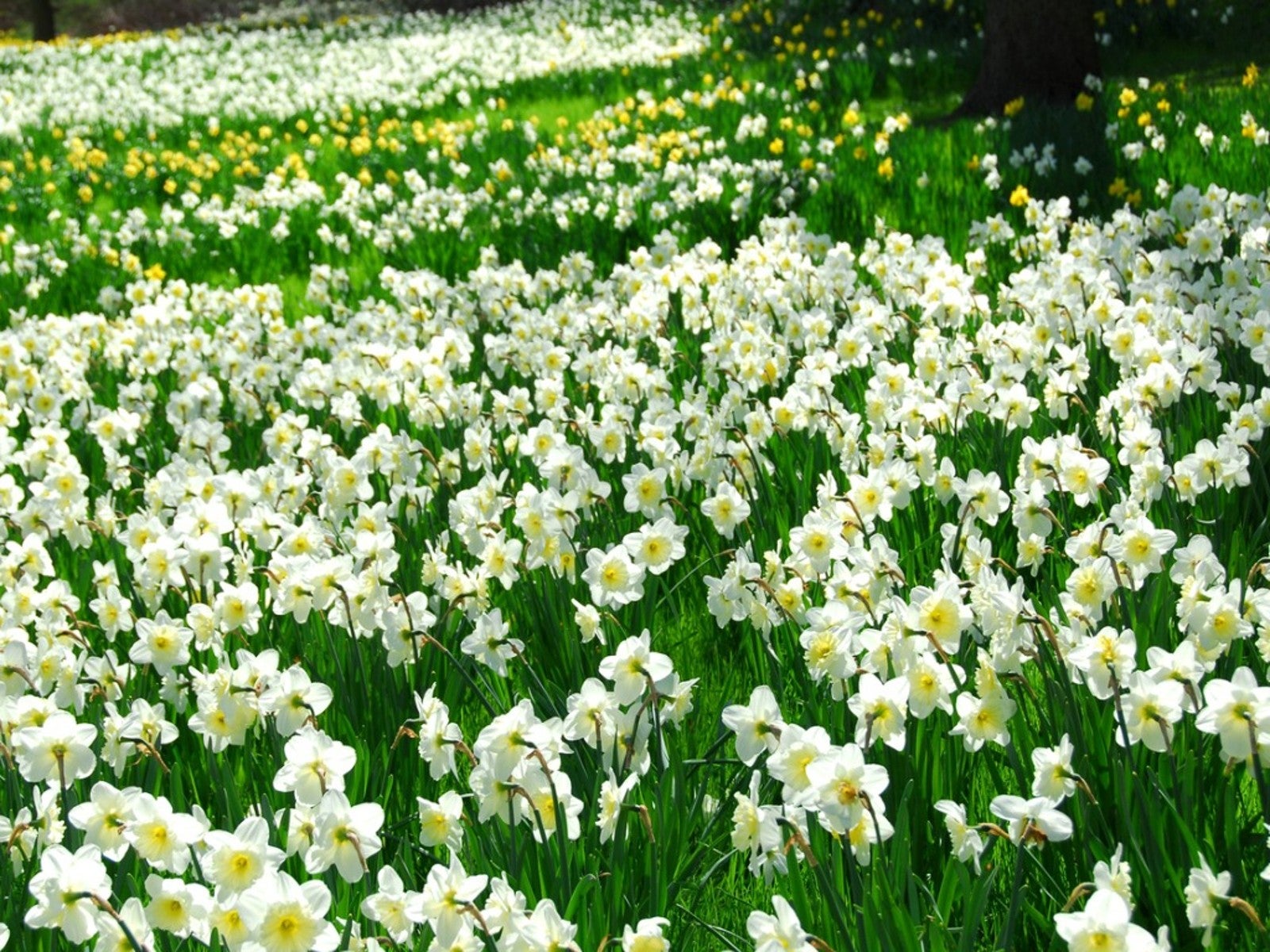What Is A Naturalized Plant - How To Naturalize Plants


Naturalizing plants can be both bad and good, depending on the plant and how you do it. These are non-native species, which may be weeds or invasive. Some are benign and harmless to naturalize in your garden.
What is a Naturalized Plant?
The naturalized plant definition includes two key features:
- It is a plant not native to the area in which it grows, and is typically from another country.
- It grows on its own and reproduces without a gardener’s intervention.
These plants are not native but have been in the area for a long time. Many may assume they are native species for this reason.
A naturalized plant can be good or bad, depending on whom you ask. If you plant a non-native species in your garden and it fills in a space without any effort on your part, you may enjoy having it there.
On the other hand, naturalized plants can be invasive and damaging. These plants are often vigorous growers and out-compete native species for resources. They can easily take over and change the local ecosystem.
North American Naturalized Plant Examples
Some naturalized plants are considered weeds, like dandelions, bindweed, tumbleweed and Japanese knotweed. Most everyone agrees that these are nuisance plants that grow in different environments and interfere with gardens, lawns, or native plants. Other examples of plants naturalized in North America include:
- Daylily
- Foxglove
- Purple loosestrife
- Japanese honeysuckle
- Japanese barberry
- Burning bush
- English ivy
- Kudzu
- Norway maple
- Lily of the valley
How to Naturalize Plants
Not all naturalized plants are harmful or invasive. You may want to encourage these to grow in your garden or to naturalize on your property, for instance daylilies or lily of the valley.
Sign up for the Gardening Know How newsletter today and receive a free copy of our e-book "How to Grow Delicious Tomatoes".
For plants that do not grow bulbs, naturalizing occurs when they are allowed to develop and release seeds. The good news if your goal is to let some of these species spread is that they naturalize pretty readily. Still, you can do some things to encourage reseeding:
- Leave the soil under the plants bare or with only a light layer of small-diameter mulch.
- Avoid weed barriers.
- Provide enough space between the plants you put in the ground to allow the next generation to grow.
- Let flowers stay on the plants to develop and release seeds.
- Save some of the seeds to plant next spring in the areas you want to naturalize.
Take care when naturalizing plants in your garden. Avoid species considered to be invasive. Your local extension office can give you a list of invasive species. Keep your naturalized area confined to your yard or garden and keep it from spreading into wild areas nearby.

Mary Ellen Ellis has been gardening for over 20 years. With degrees in Chemistry and Biology, Mary Ellen's specialties are flowers, native plants, and herbs.